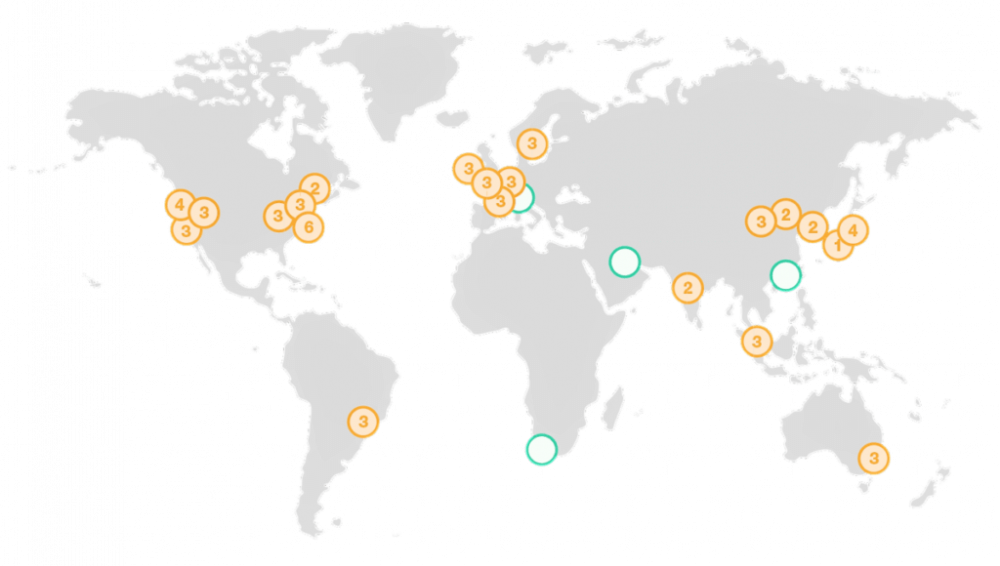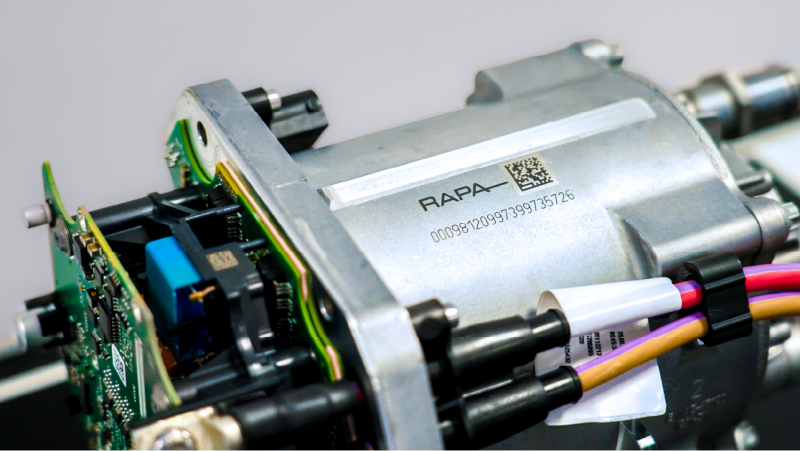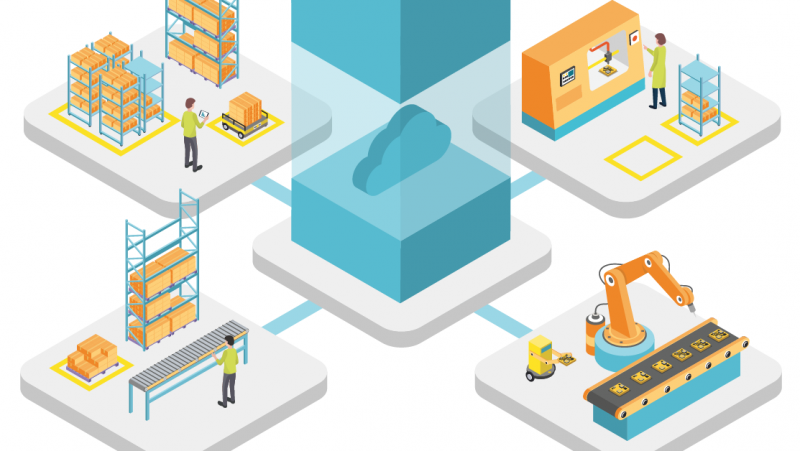Is the Cloud Safe?
- Cloud
- Article
It’s quite likely that security is the most important factor for every kind of IT service, whether internal or external. For the cloud, security issues are perhaps seen even more critically than usual, because data is stored on external servers. But are you sure that keeping your data in-house is the best you can do for it?
Research by Gartner shows that users, not cloud service providers (CSPs), are the largest threat here. How well end users will be able to comply with security rules is decisive for absolutely every IT system – and that applies for the cloud too. So the question isn’t: “Is the cloud secure?” The question is: “Can you use it securely?”
When storing data on internal servers, its security becomes one more responsibility for your IT department. And that’s not to mention managing the data from the GDPR standpoint, as well as fighting leaks and hacking attempts and server room issues. After all, even server overheating can be viewed as a security risk. But to go back to cloud services: for these the CSP, and not your IT, handles security. And its size brings strength.
For some fields certification is very important. Large providers of data centres or Iaas/Paas that have both “ordinary” ISO certifications and various levels of special regulatory requirements such as SOX compliance in the USA, and in some cases exotic certifications that are practically unavailable in your company’s home country, are the real winners here.
So when choosing a SaaS supplier, you need to always verify what infrastructure supplier they work with, i.e. what data centres they use. Service availability depends on this, and so does the above-mentioned security. At Aimtec, we’ve chosen Amazon Web Services (AWS) as our partner, because they care greatly about security, just like we do.
Amazon Web Services
You’ll find Amazon Web Services data centres in twenty regions worldwide, and they recently announced an expansion to add four more. They have at least three data centres in every region. That ensures high uptime – when an outage occurs at one centre, services are provided from another, so the user never notices a problem. AWS has a 99.99% service level agreement (SLA), and for example for their S3 Storage Service the availability level is 99.999999999%. In practice this means that if you have 10,000 objects stored in AWS, you can expect the loss of one object per ten thousand years. And that’s a likelihood that no on-premise solution can offer you.

Source: https://aws.amazon.com/what-is-aws/
Data Centres Are Top Targets, but Also Tough Targets
When cyberattacks happen, data centres are very often targeted first. That’s why AWS has specialised teams worldwide that work nonstop to address any security threats. They are also superb at sharing information, and thus security gains, with the whole network. So if a threat appears e.g. in China, defensive measures are deployed in the rest of the world practically instantly. That’s one of the benefits of cloud services – you’re getting the whole back office: infrastructure, uptime, support and above all security.
Share article
Top stories from logistics, production and IT.
Subscribe to Aimtec Insights
By registering, you agree to the processing of your personal data by Aimtec as described in the Privacy policy.
Get top stories and articles
from Logistics, Production and IT.
Subscribe to Aimtec Insights
By registering, you agree to the processing of your personal data by Aimtec as described in the Privacy policy.







